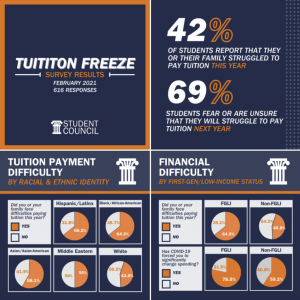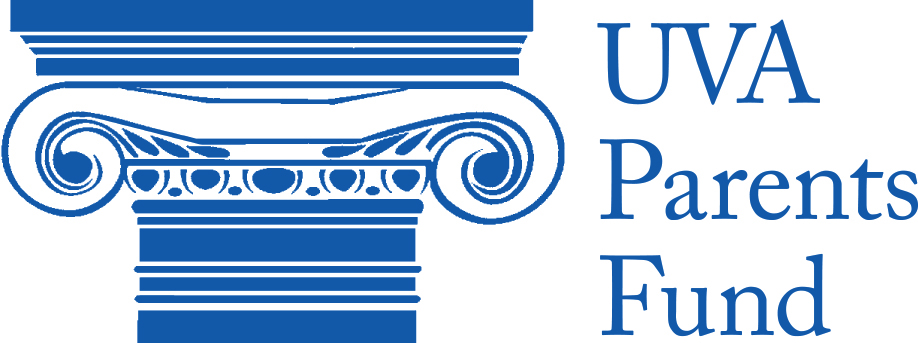On Apr 13, the Board of Visitors at the University of Virginia voted unanimously to freeze undergraduate tuition at existing levels for the 2021-2022 school year.
In-state tuition is frozen at $17,518 and out-of-state tuition at $52,048 for full-time undergraduates this upcoming school year.
The decision follows calls from student groups over the past year to freeze tuition, including YDSA, Minority Rights Coalition, UndocUVA, PLUMAS at UVA, Black Student Alliance, Muslims United at UVA, Asians Revolutionizing Together, and VA Student Power.
View this post on Instagram
“If there were ever a year to raise undergraduate tuition, it would be this year, given the large and unexpected costs and the loss of revenues because of COVID,” said University President Jim Ryan.
In February this year, the UVA Student Council ran a survey on the financial effects of COVID-19, stating the results suggested a tuition freeze would promote economic equity.
“42% of UVA students struggled to pay tuition this year, and 69% reported fearing they will be unable to pay tuition next year”
– Student Council Report
According to the report, 68.2% of Hispanic/Latinx students, 64.3% of Black/African-American students, 58.1% of Asian/Asian-American students, and 50% of Middle Eastern students at UVA reported that they or their family faced difficulty paying tuition this year.
65% of first-generation/low-income students and 31.7% middle class survey participants said that the pandemic would affect their ability to pay tuition for the 2021-2022 academic year.

The tuition freeze applies mainly to undergraduate students in the College of Arts and Sciences, as well as the commerce, engineering, nursing, and public policy schools at UVA’s main campus. The tuition for UVA College at Wise has been set to increase by 3% for this upcoming school year.
This freeze also does not apply to additional costs: There will be a $114 increase in the mandatory general non-education fee, previously cut from $2,905 to about $1,530 after the shift to virtual instruction. 65% of this additional fee will go towards Student Health, CAPS, and accessibility efforts. The remaining 35% will go towards funding for recreational centers, Newcomb Hall, and the Athletics Department.
UVA reported $100 million lost in revenue due to the pandemic compared to previous years, leading to furloughs, cut hours, and hiring freezes over this past year.
Last spring, UVA received funds through the CARES Act Higher Education Emergency Relief Fund (HEERF) to increase financial assistance for students. A second round of funding from the CRRSAA Higher Education Emergency Relief Fund (HERF II) was received in early January to be distributed to students. A third round of funding was approved this March through the American Rescue Plan to be rolled out over this next year to better support workers and students.
UVA received $5.85 million of this funding, specifically designated for distribution to students, from the US Department of Education.
Of the 11,273 eligible students (based on Section 484 of the Title IV of the Higher Education Act of 1965), 3,226 received Emergency Financial Aid Grants as of Dec 31, 2020.
As of this April, $2.6 million of these funds have been distributed to students who applied for emergency funding requests. The next $2.2 million will be distributed through April to students who qualify for the Pell Grant as well as students ”who have not been able to earn the full amounts of their work-study awards.”
The leftover $1 million will be allocated during the rest of this Spring 2021 semester based on need and emergency fund requests – applications are still open here.
“The University continues to offer one of [the] best values in higher education and this tuition proposal reflects our commitment to access and affordability,” said UVA Rector James B. Murray in a statement.
“Tuition has been, and continues to be, the last lever used to meet spending needs, and we are especially sensitive this year to the hardships that COVID has created.”
















